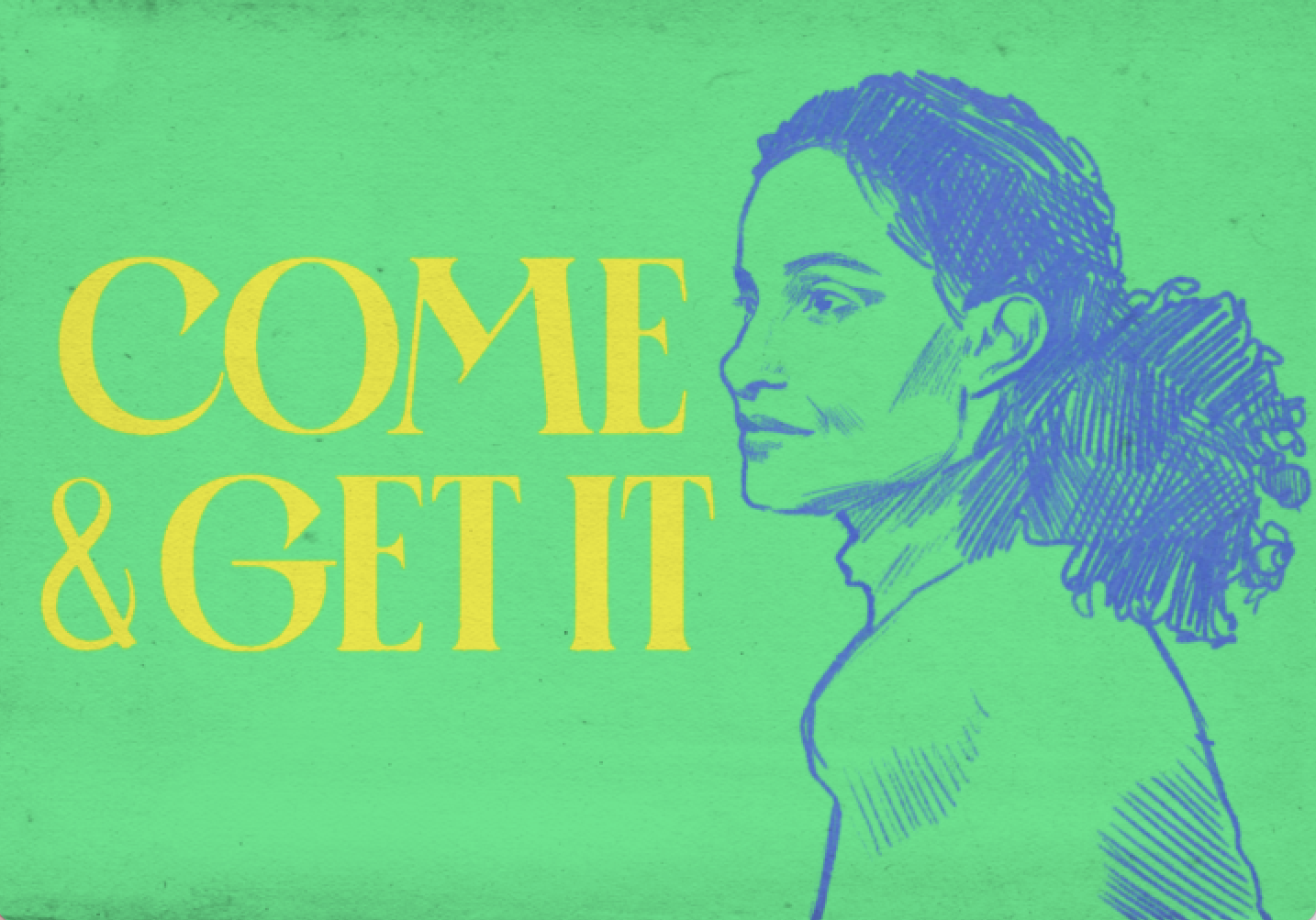Editor’s Note: This article is a review and includes subjective thoughts, opinions and critiques.
Kiley Reid’s second novel “Come and Get It” can be summed up in one word: almost. Following her successful debut “Such a Fun Age,” it had a lot of hype to live up to — hype which the book almost, but did not quite, deliver on. This campus novel follows several different characters, including a residential assistant, several of her residents and a visiting professor at the University of Arkansas. What ensues is a story that touches on themes of privilege, life at different ages and bending and breaking the rules.
“Come and Get It,” while an entertaining and character-driven novel, veers into reading as awkward and cringe-worthy at times. A few of the central characters are almost unlikeable, the humor almost lands, the descriptions are almost over the top. Overall, the book feels askew. It is set on a college campus, yet I would guess that any college student would feel falsely represented by it. The characters say and do things that no college student would actually say or do; there are over-the-top references to ‘narps’ and ‘dorm-cest’ that had me cringing while reading.
I think it is unfair to look at “Come and Get It” solely in comparison to Reid’s bestselling first novel “Such a Fun Age,” which is what a lot of readers and reviewers may feel inclined to do. However, if the goal of “Come and Get It” was the same as the goal of her first novel, I believe that Reid has not been successful. “Such a Fun Age” was packed with interpersonal drama, nuanced meditations on race and privilege and writing that felt effortless to read. The interpersonal issues that “Come and Get It” focuses on, by contrast, felt childish to me and touched specifically on money and privilege more than on race (with there not being enough discussion of either).
The novel’s biggest departure from Reid’s debut, though, was the writing style. The scenes read awkward and unrealistic, which I think can largely be chalked up to the unnatural dialogue. For example, no one says “So yeah” as a full sentence as frequently as it’s said in the book. In fact, I struggle to remember the last time I’ve heard anyone utter this sentence in real life.
Despite these shortcomings, there are also moments in the novel that felt true to life in a way that I hadn’t heard put into words before. For example, there’s the seemingly endless icebreakers when one enters a new space, the relatable realization that “it would be a struggle to pass the next forty-five minutes” in a given social situation and the descriptions of disparate relationships that young people have with money. That being said, I think the book could have been less on-the-nose about “relatable” facets of college life and more overt with its discussion of money, race and privilege. These moments felt like they started out being central to the book, but the distracting awkward scenes and numerous throwaway lines really took away from the interesting points that could have been made about the world.
The book succeeded at times in describing specific and poignant emotions that the characters were feeling. If anything, I wish there was more of this. The book is written in a close third-person perspective that alternates between characters each chapter. Although this offered interesting focalizations through different characters’ eyes, it also created a lot of inconsistency with the voice. There were around eight central characters, which I might venture to say is too many. I couldn’t bring myself to care about each and every one of them, or even distinguish between them in any meaningful way, because they all spoke and acted much too young for their age. Immature pranks played, inappropriate behavior from a middle aged professor displayed and teenage dialogue spoken by a “super hot” residential director. The book’s close third-person perspective almost worked — but not quite.
Another strength of the novel that I think could have been taken even further was its queer representation, which I found to be quite nuanced. For example, there is a meditation from a queer woman character on feeling the need to be “formal, factual, and platonic to a severe degree” around straight women. There were certainly times when this kind of social commentary landed. For the book as a whole, however, it only almost did.
All in all, I was interested to read a campus novel with an RA as a central character — I don’t see a lot of those. Even given all the parts of “Come and Get It” that fell short for me, it was still a semi-enjoyable and fast-paced read. If readers are looking for simultaneous escapism and in-depth meditations on race and privilege, I would turn to Reid’s debut novel “Such a Fun Age.” If readers are looking for a more chaotic and fairly unrealistic book with its fair share of interesting and insightful moments, they should consider picking up Reid’s new novel “Come and Get It.”
